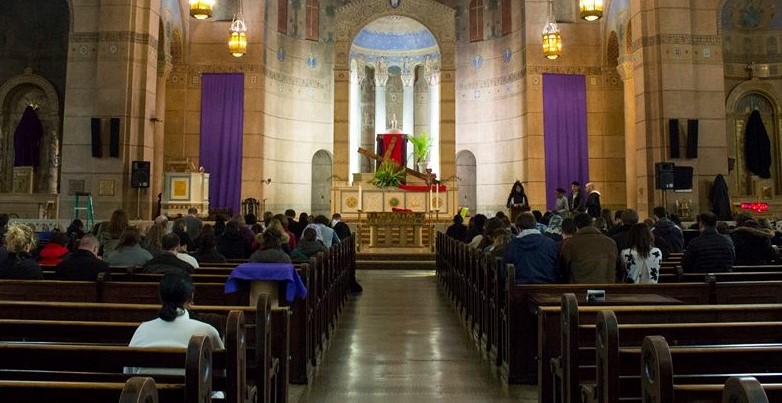V
Victoria33
Guest
(Again, I’m sometimes unsure of what is welcomed to be posted and what is not. A priest did post this link on twitter.)

Excerpt:
What are we to make of “the numbers”? As the Church it is hard to ignore the large decline in attendance at Mass and reception of the sacraments, yet the Lord never seemed overly concerned with numbers; He even distrusted them.
The information can help us to gauge the effectiveness of our preaching, teaching, and engagement of God’s people; it can also be a pernicious temptation to water down the gospel just to improve our numbers. The data* below showing the change over the past fifty or so years don’t paint a pretty picture:
Yet, America has grown in population and sometimes, I seem to hear about how much the Catholic Church has grown relatively. Well, the last stat might nail it, weekly Church attendance is way down.
A lot of stats around, sometimes, they are not that reliable. One must be careful.

“The Numbers” Don’t Look Good—What Should the Church Do? - Community in Mission
What are we to make of “the numbers”? As the Church it is hard to ignore the large decline in attendance at Mass and reception of the sacraments, yet the Lord never seemed overly concerned with numbers; He even distrusted them. The information can help us to gauge the effectiveness of our...
blog.adw.org
Excerpt:
What are we to make of “the numbers”? As the Church it is hard to ignore the large decline in attendance at Mass and reception of the sacraments, yet the Lord never seemed overly concerned with numbers; He even distrusted them.
The information can help us to gauge the effectiveness of our preaching, teaching, and engagement of God’s people; it can also be a pernicious temptation to water down the gospel just to improve our numbers. The data* below showing the change over the past fifty or so years don’t paint a pretty picture:
| 1970 | 2018 | |
|---|---|---|
| Infant Baptisms | 1,089,154 | 615,119 |
| Adult Baptisms | 84,534 | 39,660 |
| Weddings | 426,309 | 143,082 |
| Ordinations | 805 | 518 |
| Number of Priests | 59,192 | 36,580 |
| Number of Sisters | 160,931 | 44,117 |
| % Attending Mass Weekly | 54.9% | 21.1% |
Yet, America has grown in population and sometimes, I seem to hear about how much the Catholic Church has grown relatively. Well, the last stat might nail it, weekly Church attendance is way down.
A lot of stats around, sometimes, they are not that reliable. One must be careful.

